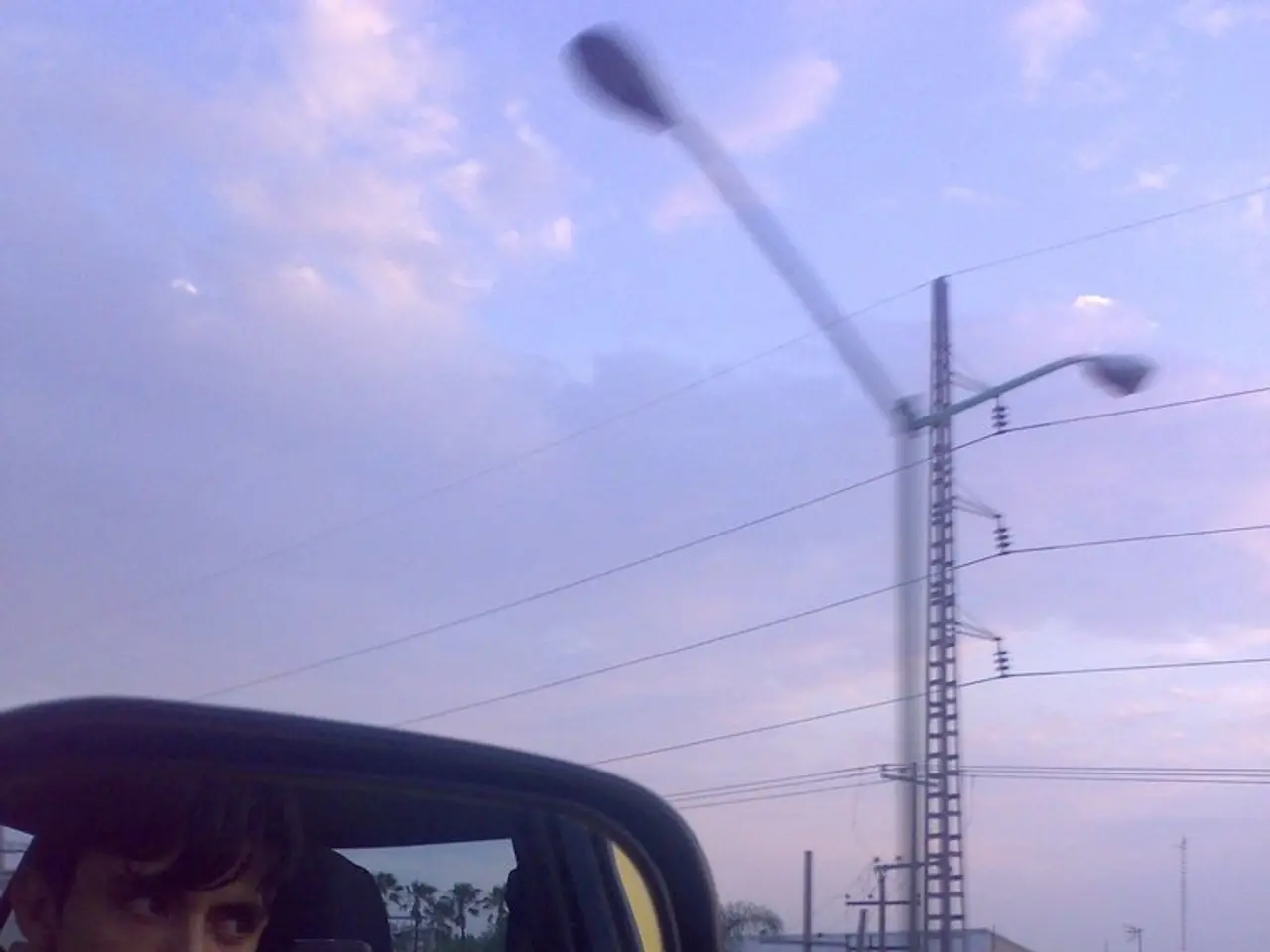Top Mirrorless Cameras Ideal for Astrophotography in the Year 2025
In the rapidly evolving world of photography, mirrorless cameras have emerged as a popular choice for both amateur and professional astrophotographers. With their compact designs and advanced features, these cameras have become the go-to choice for capturing the beauty of the night sky.
According to recent trends, mirrorless cameras surpassed DSLRs in popularity in 2022 and the trend has continued since. In the prestigious Astronomy Photographer of the Year competition, mirrorless cameras have made up a significant portion of the shortlisted images in the past seven years.
When it comes to astrophotography, certain mirrorless cameras stand out due to their high-resolution sensors, excellent low-light performance, good dynamic range, and reliable autofocus/manual focus capabilities. Here are some of the top mirrorless models praised for astrophotography:
| Camera Model | Key Strengths for Astrophotography | Notes | |----------------------|----------------------------------------------------------------------------------------------------------------------------------|----------------------------------------------------------------------------------------| | **Sony A7R IV** | 61MP full-frame back-illuminated Exmor R sensor; huge resolution ideal for starry skies and capturing celestial detail; excellent low-noise performance; 15-stop dynamic range | Built like a tank with weather sealing; lacks built-in intervalometer (external needed for timelapse)[3] | | **Fujifilm X-T50** | 40.2MP APS-C sensor; good high ISO performance; creative functionality; good focus check for manual fine-tuning; great for beginners in astrophotography | Paired with a star tracker, it performs excellently for planets, nebulae, and clusters[1] | | **Nikon Z 7II** | 45.7MP full-frame sensor; exceptional low-light performance; 4K video capabilities | Often praised for stunning detail and good dynamic range in dark conditions[2] | | **Canon EOS R6 Mark II** | Excellent high ISO performance maintaining low noise; good battery life for long shooting sessions; suitable for amateurs and pros alike | Lower megapixels but superior high ISO handling; compact and fast autofocus[5] | | **Canon EOS RP** | 26.2MP full-frame sensor; fast and accurate autofocus; lightweight and compact design | Good entry full-frame mirrorless option with 4K video; less resolution than others[4] |
The Sony A7R IV, with its incredibly high resolution and dynamic range, is a top choice among enthusiasts seeking detailed starfield and deep sky captures. The Fujifilm X-T50 offers a more affordable, beginner-friendly astrophotography experience with strong image quality and useful manual focusing aids. The Nikon Z 7II and Canon EOS R6 Mark II provide a balanced mix of resolution, excellent high ISO performance, and robust build quality for astrophotography. The Canon EOS RP is suitable for beginners or those prioritizing portability but trades off some resolution and features.
While direct data from the Astronomy Photographer of the Year competition winners isn’t publicly detailed by camera model, these cameras are frequently recommended by astrophotographers and reviewers analyzing competition-level imaging performance over recent years. Pairing any of these mirrorless cameras with a high-quality star tracker or equatorial mount dramatically improves astrophotography results.
In the A7 range, the Sony A7C is the smallest and lightest full frame mirrorless camera, targeted at beginners and lacking some advanced features. The Sony A7S III has the lowest resolution among the A7 series, with 12MP. The Sony A7 III, with a 24.2 megapixel resolution, a lightweight design, and being the most successfully used mirrorless camera in the Astronomy Photographer of the Year competition in the last seven years, is another strong contender. The Sony A7R V is the most up-to-date in the A7R series, boasting a 61MP resolution.
In terms of brands, Sony is way out in front of the competitors in terms of mirrorless models, with Nikon and Canon closing the gap in the last two years. The Nikon Z6 II was top in the last two years in the Astronomy Photographer of the Year competition. The Nikon Z6 III allows long exposures of up to 15 minutes without an external intervalometer, and remembers last focus settings when turned off and back on again.
For budget-conscious astrophotographers, the Canon EOS R8, a full-frame mirrorless hybrid camera with a 24.2 megapixel CMOS image sensor, is a great option. The Nikon Z5, a brand new full frame mirrorless model from Nikon, is another budget-friendly choice for astrophotography.
In conclusion, the best mirrorless cameras for astrophotography, based on insights from the past several years and expert reviews, are the Sony A7R IV, Nikon Z 7II, Canon EOS R6 Mark II, Fujifilm X-T50, and Canon EOS RP. These cameras meet the demanding requirements of capturing the night sky at competition quality.
- The Sony A7R IV, with its high-resolution sensor and exceptional low-noise performance, is a preferred choice among astrophotographers for capturing intricate starfield and deep sky imagery.
- The Fujifilm X-T50, offering a more budget-friendly astrophotography experience, provides strong image quality and beneficial manual focusing aids, making it a suitable choice for beginners.
- The Nikon Z 7II and Canon EOS R6 Mark II offer a balanced mix of resolution, remarkable high ISO performance, and robust build quality, making them competent cameras for astrophotography.
- The Canon EOS RP, characterized by its lightweight design and fast autofocus, is a portable option for astrophotographers who prioritize portability, although it trades off some resolution and features.
- In the world of astrophotography, mirrorless cameras like the Sony A7R IV, Nikon Z 7II, Canon EOS R6 Mark II, Fujifilm X-T50, and Canon EOS RP meet the exacting requirements for capturing the night sky at competition quality when paired with high-quality star trackers or equatorial mounts.




